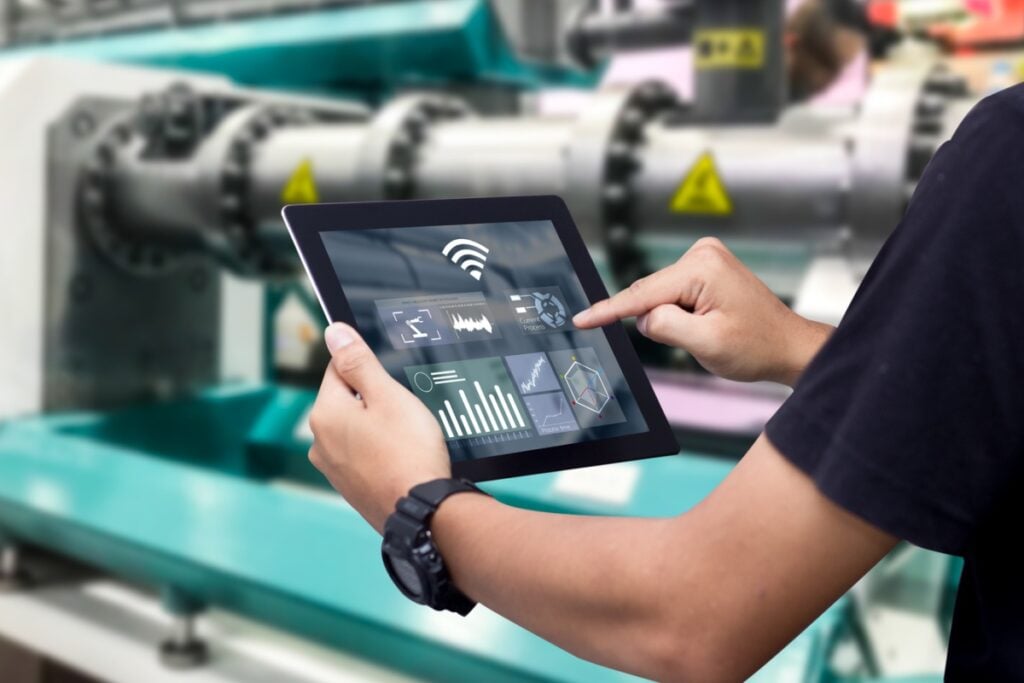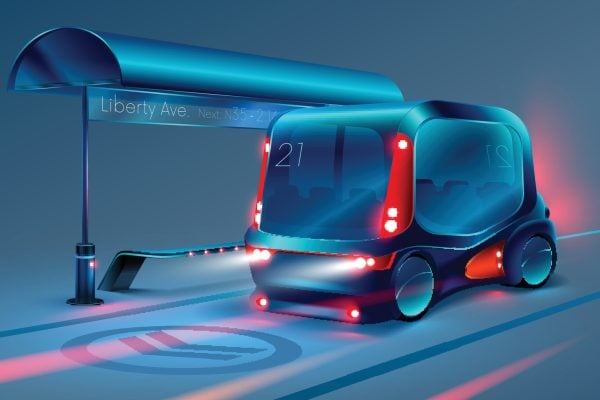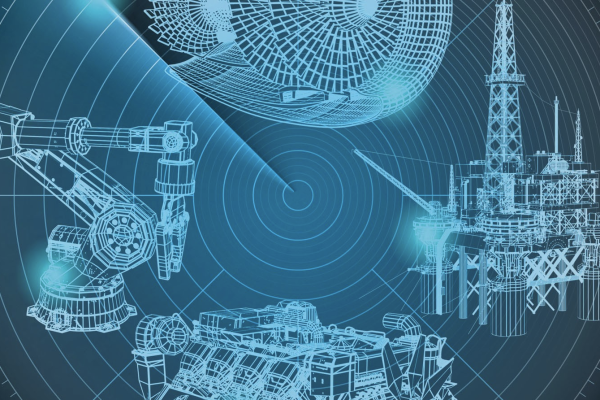It’s no secret that the retail sector is going through a monumental transformation, whether bricks and mortar or online. Consequently, it has never been more important to take stock of business processes, assess where efficiencies can be made, and determine how technology can be maximised to offer a compelling proposition of both superior customer experience and operational improvement.
The deepening high street crisis is placing huge pressure to keep customers coming through the doors – while increasing back-office efficiencies to cut costs. Digital native retailers like Amazon and Ocado are already using new technologies, such as software robots to automate, to boost productivity and profit. These technologies are also driving the automation of new customer-centric business models and initiatives – data-driven tailored promotions and enhanced customer service being just two examples.
Initiatives like these are raising the bar in terms of increased customer expectations for the wider retail industry and setting new standards for other businesses to meet. This is putting additional strain on companies within the sector that are yet to evolve, forcing them to find ways to survive and hopefully thrive. However, the real solution – implementing game-changing digital transformation strategies – can be a challenge. Many businesses recognise that technology is changing things and want to benefit – but lack the vision, understanding and, crucially, the financial resources required to adopt cutting-edge technology.
Automation in the workplace
Big-ticket IT upgrades, replacements and integrations are often risky and prohibitively expensive. However, transformative technology exists that can work within an existing IT ecosystem to create a platform for long-term innovation and success. This is driven by robotic process automation (RPA) and AI. RPA harnesses the power of fast and highly efficient software robots to emulate human employees’ actions within digital systems, in order to execute business processes. Implemented effectively in the retail sector, automation can generate huge productivity benefits across numerous areas – retail supply chain (including forecasting), through the back-office (including invoice processing) and onto the shop floor (including store planning).
RPA is growing fast: Gartner Inc. predicts that by the end of 2022, 85% of large and very large organisations will have adopted some form of RPA. That’s because RPA offers not just productivity benefits, but also a reduction in error rates and huge processing capability. It can also increase job satisfaction, employee wellbeing and employee engagement, boosting worker happiness by freeing up human workers to do more creative work.
When it comes to RPA implementation, there are two main types of software robots available – unattended robots, which automatically complete pre-set tasks without employee intervention and at scale. These automate processes and redeploy staff elsewhere, driving up productivity and delivering immediate ROI. In addition, attended robots can be deployed that respond to employee-triggered actions by completing specific processes automatically on request. While unattended robots have an important role to play particularly in automating back-office processes, It is attended robots that can play an exciting and crucial role in the future for businesses – not just completing tasks to free man hours up, but also extending the capabilities of human managers. Having the digital fluency to manage blended human and robot teams is one of five ‘super skills’ that will be required for the ‘jobs of the future’ – in other words, the skills needed for success in the evolving workplace.
The opportunities of RPA for retail
RPA is of particular relevance in retail, given the level of automation on which the industry depends, and the vast data management required. In a retail environment, software robots can automate essential, standard, high-volume, repeatable, rule-based processes, from supply chain right through to post-purchase.
In the supply chain, software robots are able to analyse and make actions based on data patterns – for example, triggering alerts or processes. This is particularly useful for retailers working with short supply times and especially in today’s heightened customer experience environment.
Back-office tasks ripe for RPA include financial processes – invoice processing, bill checking, and payments and HR process-related functions e.g., onboarding and offboarding employees, a time-consuming process in a sector that relies heavily on seasonal employees.
In the front office, RPA is ideal in call centres, chatbot operation and data-driven behavioural analysis – as well as workforce management, trade promotions and store planning. Studies have reported that automation can generate an accuracy rate of 98% in retail product categorisation, whilst reducing human effort by 80%.
RPA and customer satisfaction
The notion of customer experience as a differentiator is not new, but isn’t being taken seriously enough in the current retail climate. UK retailers currently lose £102 billion each year due to poor customer satisfaction – but AI and other new technologies could help improve the consumer experience, increasing repeat business and minimising abandoned orders. Here, RPA can help – automating time- and resource-heavy customer-focused activities, including complaint handling and loyalty scheme management. RPA can ensure customer complaints are addressed quickly and effectively, turning disgruntled customers into brand advocates and improving customer loyalty.
RPA can address processing returns and exchanges – time-consuming and costly for retailers and involving several steps in a number of different locations (from warehousing to finance). Handled badly, the returns process can alienate customers forever – so it’s a vital element to get right. Here, RPA can create sales orders for replacement items and process refunds – also taking care of financial accounting and inventory management. In short, RPA can transform the returns process from a financial burden into a streamlined and automated service that builds customer loyalty and gives retailers a competitive advantage. And, when it comes to planning for the future, RPA can extract and analyse marketing and consumer behaviour data, powering future campaigns and decision-making.
RPA is the future of retail
In summary, RPA offers retailers the opportunity to automate processes and data management today, while simultaneously positioning them for the future. Early adopters are already reaping the benefits. Those retailers still uncertain of the opportunities that RPA can bring will be assured by the fact that RPA can provide more opportunities than threats for retail workforces. It’s a no-brainer for businesses, too, as the benefits of RPA easily transcend headcount and cost reduction.
It’s time for retailers to welcome the (software) robots.
Author: Guy Kirkwood, chief evangelist, UiPath










One Response
It is great to use robots to do repetitive tasks to remove boredom which can lead to mistakes, plus using robots to do tasks which will improve human safety such as lifting heavy objects above head height is a great thing.
My concern with the huge companies for example, is that they are often reported as treating their staff like robots now, many are on a living wage/0 hour contract and it is these people who are being used to fuel the growth and dominance for the company who I doubt would think twice about laying the staff off as soon as a robot can do the job.
Embracing technology – embracing change, needs to be a good thing, it just must be rolled out carefully so as not to be too disruptive. An increase in productivity, happier staff and happier customers is a good thing providing there is room for everybody.